US Senator Introduces Rare Earth Funding Bill to Thwart China
- Details
- Category: Tungsten's News
- Published on Wednesday, 27 May 2020 00:01
- Hits: 3269
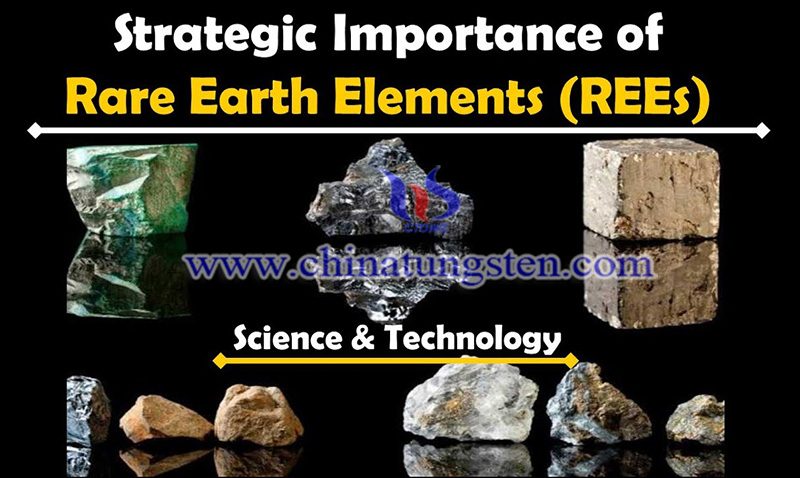
The US Republican Senator Ted Cruz introduced a legislative bill to help revive the U.S. rare earth industry by providing tax breaks to mining developers and manufacturers who purchase their products. This is the latest attempt by Washington to break China's control over the strategic sector.
Progress in Design of Active Hydrogen Evolution Catalyst in MoS2
- Details
- Category: Tungsten's News
- Published on Monday, 25 May 2020 18:55
- Hits: 1026

In the design of molybdenum disulfide (MoS2) in-plane high-activity hydrogen evolution catalyst, significant progress has been made recently. The team of Jianjun Liu, a researcher at the Shanghai Institute of Ceramics, Chinese Academy of Sciences, and Hongjin Fan, a professor at Nanyang Technological University in Singapore, collaborated on the design of two-dimensional chalcogenide molybdenum disulfide in-plane catalytic structures and made great progress.
Li-Ion Battery Co-Inventor Patents Glass Battery for EVs
- Details
- Category: Tungsten's News
- Published on Monday, 25 May 2020 18:43
- Hits: 943
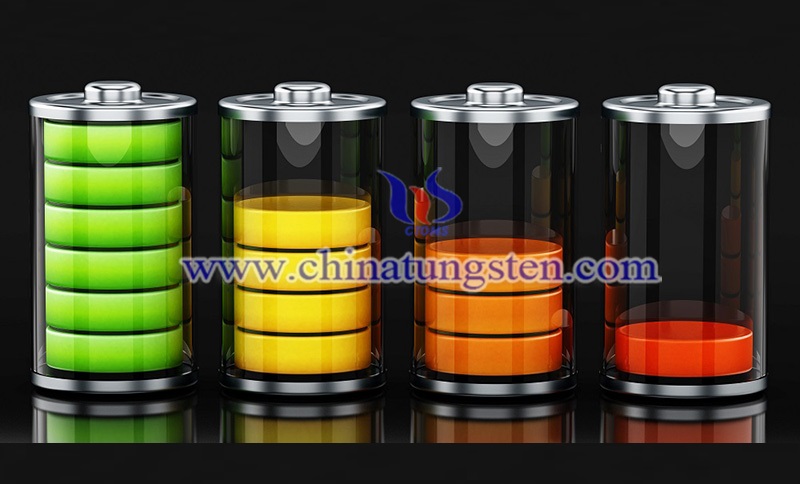
Li-ion battery co-inventor, John Goodenough has now filed a new patent for glass battery which he claims can help in overcoming the price barrier associated with electric vehicles (EVs). According to foreign media reports, a team led by John Goodenough submitted a patent application for a new battery that uses glass as a key component. And the new glass battery promises to accelerate the shift away from internal combustion engines because it will deliver a significant increase in storage capacity.
Tungsten Price in China Edged Higher Due to Tight Supply of Spot Resources
- Details
- Category: Tungsten's News
- Published on Monday, 25 May 2020 18:39
- Hits: 957
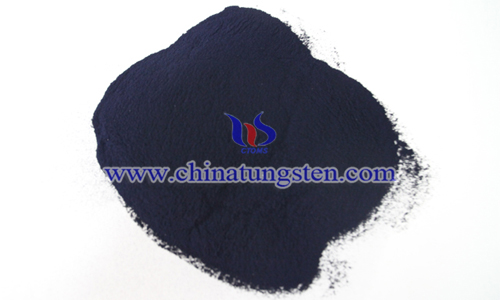
Analysis of latest tungsten market from Chinatungsten Online
The tungsten price in China edged higher in the week ended on Friday May 22, 2020 due to tight supply of spot resources and high production costs. But affected by persistent weakness in the demand side and continued spread of coronavirus besides China, market transactions were hardly concluded.
Praseodymium Oxide Price - May 25, 2020
- Details
- Category: Tungsten's News
- Published on Monday, 25 May 2020 18:38
- Hits: 956
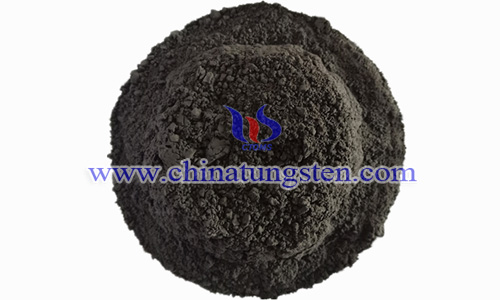
Rare earth market quotation in China: the prices of terbium oxide and dysprosium oxide rise slightly while praseodymium oxide price remains unchanged on May 25, 2020.
Molybdenum Price in China - May 25, 2020
- Details
- Category: Tungsten's News
- Published on Monday, 25 May 2020 18:36
- Hits: 923
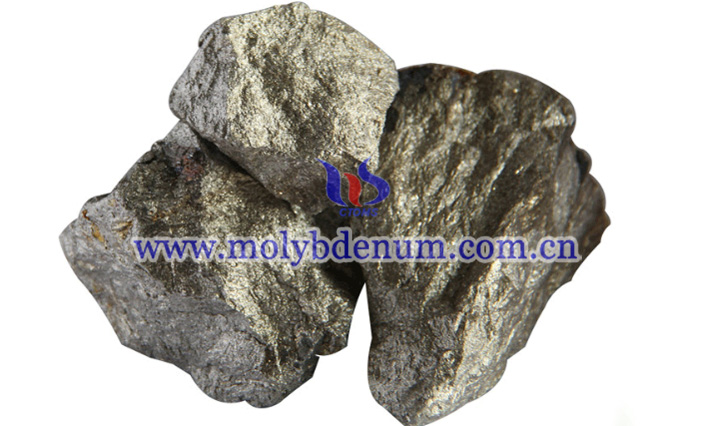
Molybdenum price in China maintains stability on May 25, 2020 compared with last week on quiet market trading and cautious sentiment of market participants.
APT Prices in China Stabilize When the Demand Side Is Weak
- Details
- Category: Tungsten's News
- Published on Monday, 25 May 2020 18:03
- Hits: 898
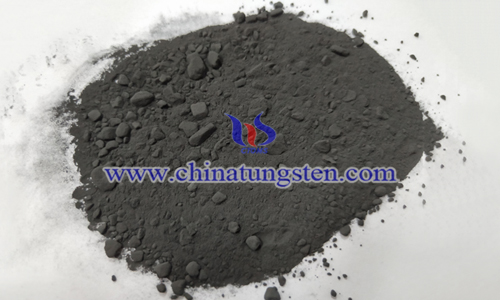
Analysis of latest tungsten market from Chinatungsten Online
The ferro tungsten and ammonium paratungstate (APT) prices in China continue to show signs of rise because raw material sellers have strong rised mentality despite of the weakness in the demand side. Now, most market participants are focusing on the new guide prices from the market.
Terbium Oxide Prices - May 22, 2020
- Details
- Category: Tungsten's News
- Published on Monday, 25 May 2020 18:01
- Hits: 907
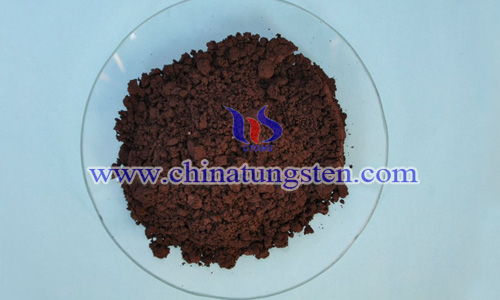
Rare earth market quotation in China: the prices of praseodymium oxide and praseodymium neodymium oxide declined slightly while dysprosium oxide and terbium oxide prices edged higher in the week ended on Friday May 22 when the market was in uncertainty.
Molybdenum Oxide Prices - May 22, 2020
- Details
- Category: Tungsten's News
- Published on Monday, 25 May 2020 17:59
- Hits: 903
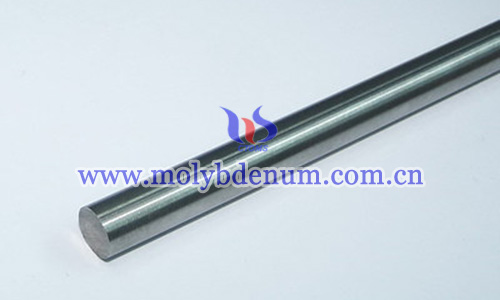
Molybdenum market quotation in China: the ferro molybdenum, molybdenum concentrate and molybdenum oxide prices declined slightly in the week ended on Friday May 22, 2020 under many uncertainties with the impact of COVID-19.
Weak Consumer Demand Put Downward Pressure on Ferro Tungsten Prices
- Details
- Category: Tungsten's News
- Published on Friday, 22 May 2020 18:02
- Hits: 961
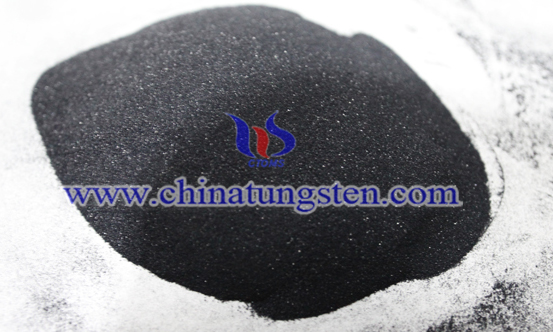
Analysis of latest tungsten market from Chinatungsten Online
Weak consumer demand continued to put downward pressure on ammonium paratungstate (APT) and ferro tungsten prices in the week began on Monday May 18, 2020.




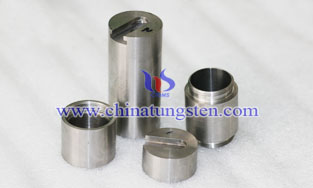


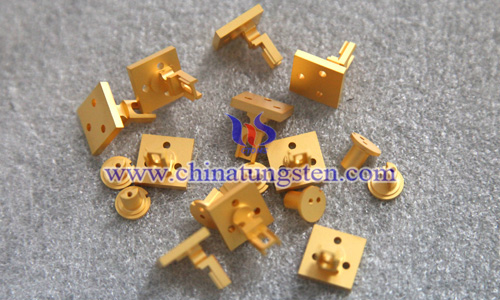
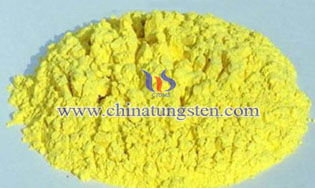
 sales@chinatungsten.com
sales@chinatungsten.com